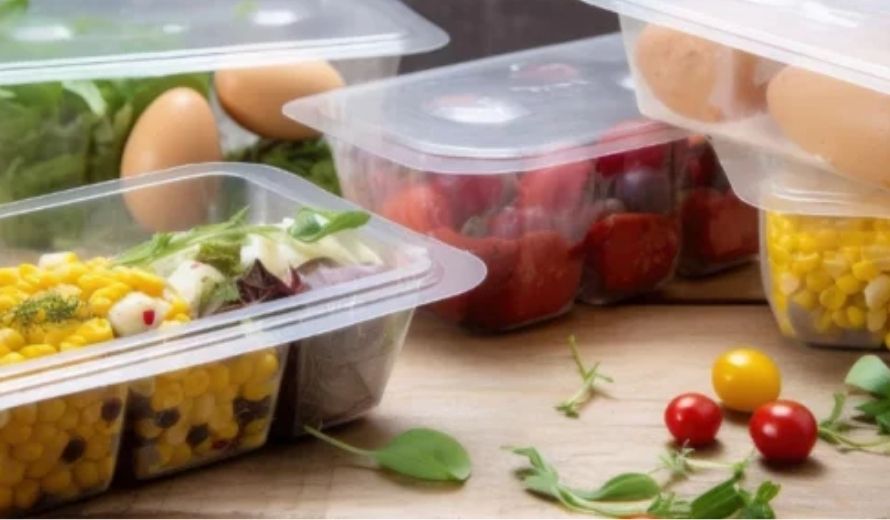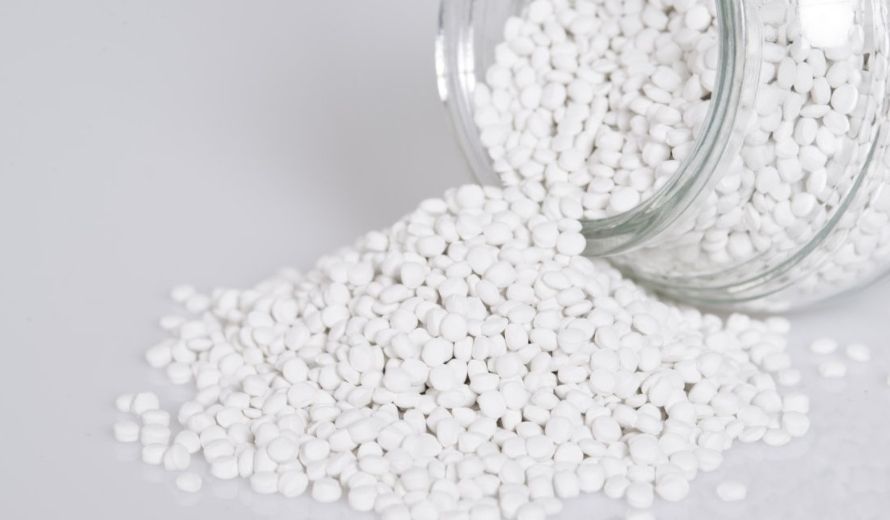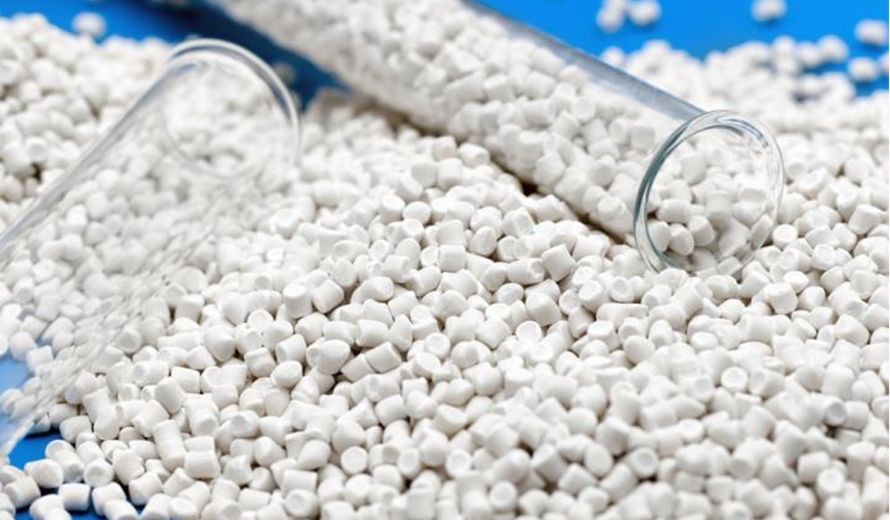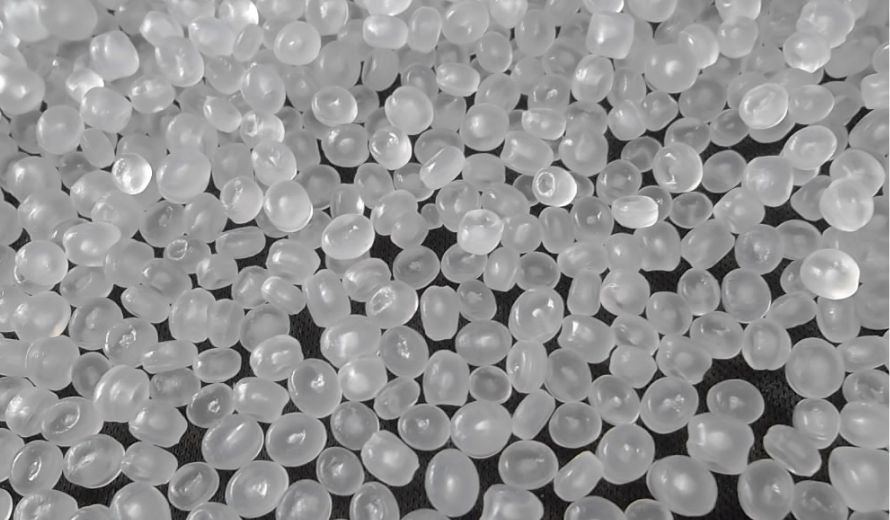In this article, we explore the transformative role of filler masterbatch for food packaging and its benefits in manufacturing various products, ranging from plastic cutlery to food containers and disposable packaging. We will also discuss types of filler masterbatch, addressing the demand for sustainable solutions. Understanding these aspects is crucial for manufacturers in a competitive market.
1. Benefits of Filler Masterbatch in Food Packaging
Filler masterbatch is a specialized additive used in the plastics industry, designed to enhance the properties of polymer materials while also reducing production costs. It consists of a concentrated mixture of carrier resins combined with various fillers, such as calcium carbonate, talc, or other minerals. This combination not only improves the mechanical and physical characteristics of the final plastic products but also allows for greater design flexibility.
Filler masterbatch plays a vital role in enhancing the performance and sustainability of plastic food packaging. Here are the key benefits of using plastic food packaging masterbatch:
- Enhanced Mechanical Properties: The incorporation of filler masterbatch significantly improves the tensile strength and impact resistance of plastic food packaging. This results in packaging that can better withstand the rigors of handling and transportation, ensuring the safety and integrity of food products.
- Cost Efficiency: By partially replacing virgin polymers with filler materials, plastic food packaging masterbatch reduces overall material costs. This cost-effective approach allows manufacturers to maintain quality while minimizing expenses associated with raw materials.
- Vibrant Pigmentation: Filler masterbatch can provide consistent and vivid coloration to plastic food packaging. This not only enhances the visual appeal of the packaging but also simplifies the production process by reducing the need for additional pigments.
- Improved Heat Resistance: The addition of specific additives in filler masterbatch enhances the heat resistance of plastic packaging. This is particularly beneficial for food products that require packaging capable of withstanding higher temperatures during processing or storage.
- Environmental Sustainability: Utilizing plastic food packaging masterbatch contributes to sustainability efforts by decreasing the reliance on virgin plastics. This practice aligns with the industry’s shift towards more eco-friendly solutions, optimizing the use of recycled materials and conserving natural resources.
- Versatility in Applications: Filler masterbatch is adaptable for various food packaging applications, making it suitable for a wide range of products, from flexible films to rigid containers. This versatility allows manufacturers to meet diverse production requirements effectively.
In summary, the use of plastic food packaging masterbatch not only enhances the mechanical and aesthetic properties of packaging but also supports cost savings and sustainability initiatives, making it an indispensable component in modern food packaging solutions.

2. Applications in Food Contact Materials
Filler masterbatch has significant applications in food contact materials, particularly in enhancing the performance and safety of various products. Here are some key areas where food grade filler masterbatch is utilized:
- Plastic Cutlery: Filler masterbatch for food packaging is commonly used in the production of plastic cutlery. It improves the mechanical strength and durability of utensils, ensuring they can withstand daily use without breaking or bending.
- Food Containers: The incorporation of food grade filler masterbatch in food containers enhances their rigidity and impact resistance. This is crucial for maintaining the integrity of containers that hold various food items, ensuring they are safe for consumer use.
- Disposable Packaging: Filler masterbatch is widely applied in disposable packaging solutions, such as trays and wraps. By reducing the amount of expensive virgin polymers needed, it lowers production costs while still meeting the necessary safety standards for food contact materials.
- Other Food Contact Applications: Beyond cutlery and containers, filler masterbatch can be found in various other food contact applications, including films and bags used for food storage. These materials benefit from improved barrier properties and durability, helping to keep food fresh and safe.
Read more: Plastic Materials in Food Packaging: Common Types, Uses & Safety

3. Types of Filler Masterbatch For Food Packaging
Filler masterbatch is an essential component in food packaging, providing various benefits such as cost reduction, improved mechanical properties, and enhanced sustainability. Here are the main types of filler masterbatch for food packaging:
PP Filler Masterbatch
PP filler masterbatch is a specialized compound that combines polypropylene resin with calcium carbonate (CaCO3) and various additives, creating a versatile material for numerous applications. This masterbatch offers enhanced hardness and superior heat resistance, making it ideal for demanding environments. In the food packaging industry, PP filler masterbatch is widely used as a key raw material in manufacturing various PP-based food packaging products such as yogurt containers, takeaway food trays, disposable cups, and beverage bottles.
By incorporating PP filler masterbatch, manufacturers can also minimize the environmental impact of their processes, as it allows for a reduction in the use of virgin PP polymer. This innovative solution not only enhances the performance of packaging materials but also aligns with the growing emphasis on sustainability in the industry.

PE Filler Masterbatch
PE calcium carbonate filler masterbatch, composed of PE resin, CaCO3, and other additives, is a widely utilized type of filler masterbatch for packaging applications, particularly in blown film technology. This is attributed to its suitable mechanical properties, such as high ductility, impact strength, and low friction. Most importantly, the incorporation of PE calcium carbonate filler significantly reduces production costs, ultimately lowering the price of the end products.
PE filler masterbatch is incorporated into blown films for shopping bags and food packaging, as well as used in injection molding to create durable food containers. PE filler masterbatch is used in the production of polyethylene-based food packaging products like HDPE food containers for ovens, milk jugs, juice bottle lids. Its versatility and cost-effectiveness make PE filler masterbatch an essential component in the food packaging industry.

Transparent Filler Masterbatch
Transparent filler masterbatch, a distinct additive, combines barium sulfate or sodium sulfate with plastic resins to enhance the visual appeal and performance of packaging materials. This specialized masterbatch can be formulated with both polypropylene and polyethylene, catering to diverse packaging needs.
In food packaging, transparent filler masterbatch improves stiffness, mechanical properties, and imparts remarkable whiteness and clarity to the final product. This visual enhancement captures consumer attention and creates a more appealing presentation.
Moreover, the use of transparent filler masterbatch streamlines production, reducing manufacturing time and improving efficiency. This synergistic blend of functionality and aesthetics makes it an indispensable tool for innovative and consumer-centric food packaging solutions.

4. EuP Egypt – Your Trusted Partner of Filler Masterbatch for Food Packaging Solutions
EuP Egypt has established itself as a premier manufacturer of filler masterbatch for food packaging, recognized for its unwavering commitment to quality, innovation, and customer satisfaction. Here are several reasons why plastic businesses choose EuP Egypt as their preferred partner for masterbatch solutions:
- Extensive Experience: With 16 years in the plastics industry, EuP Egypt has a deep understanding of the unique challenges faced by manufacturers in the world. This experience allows the company to produce a diverse range of masterbatch products tailored to various sectors, including food packaging.
- Specialized Expertise: EuP Egypt delivers high-quality, customized filler masterbatch solutions that meet the specific demands of the food packaging industry while ensuring compliance with safety and quality standards.
- Innovative Solutions: The company continuously develops new formulations of filler masterbatch for food packaging that enhance the mechanical properties of packaging materials, improving strength, durability, and barrier properties essential for maintaining food safety and extending shelf life.
- Sustainability Commitment: EuP Egypt incorporates eco-friendly practices in its production processes, optimizing the use of recycled materials in its filler masterbatch to reduce the environmental impact of food packaging, aligning with the growing demand for sustainable solutions.
- Comprehensive Technical Support: The company provides extensive technical support to clients, assisting them in optimizing their production processes and ensuring effective use of filler masterbatch for food packaging.

5. Conclusion
In conclusion, filler masterbatch for food packaging offers numerous benefits, including enhanced mechanical properties and cost efficiency, making it an essential component in various food contact materials such as plastic cutlery, food containers, and disposable packaging.
EuP Egypt stands out as a trusted partner in providing high-quality filler masterbatch solutions tailored to the food packaging industry. With a commitment to innovation and sustainability, EuP Egypt is dedicated to meeting the specific needs of its clients. For more information on how our filler masterbatch can enhance your food packaging solutions, please contact us.





